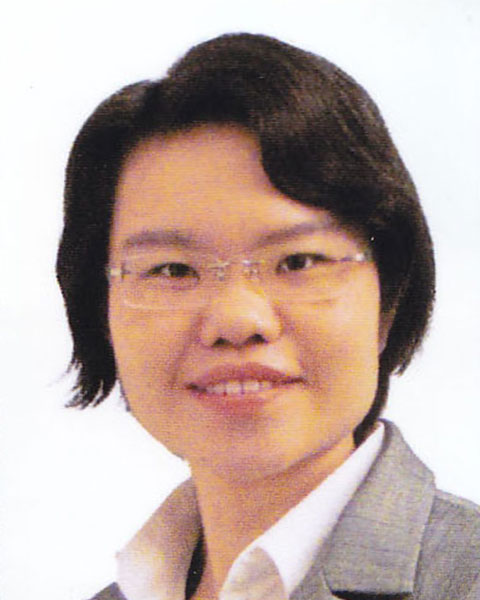Assay Development and Screening
Systematic and high-throughput experimental and analytical pipeline for the comprehensive understanding of calcium signaling in MCF-7 breast cancer cells.

Choon Leng So, Bachelor of Science (Pharmacy) (Hons.)
PhD candidate
The University of Queensland
WOOLLOONGABBA, Queensland, Australia
Primary Author - October Poster(s)
Calcium signaling describes cellular pathways regulated by calcium ions (Ca2+). Changes in Ca2+ levels play indispensable roles in excitable and non-excitable cells, such as neurons and breast epithelial cells, respectively. Ca2+ signaling is central to a diverse range of physiological and pathophysiological processes, including processes associated with cancer progression, such as proliferation, metastasis and resistance to chemotherapies. Cancer cells within solid tumors are heterogenous – they can have different mutations and adopt diverse cell shapes. Studies performed on pooled cellular samples inadequately recapitulate the complexities that exist within a tumor. Single-cell analysis methods are thus becoming more widely adopted in cancer research. However, there are very few reports of systematic and high-throughput live-cell assessment of calcium signaling in breast cancer cells with single-cell resolution, and so far none have assessed the potential effect of cellular geometry on calcium signaling.
We aimed to systematically characterize the association between cellular geometry and calcium signaling in breast cancer cells using a multidisciplinary approach that involved a genetically encoded calcium indicator, pharmacological stimuli, a high-content imaging system, advanced automated image analysis and mathematical modeling. We hypothesized that such an experimental and analytical pipeline would be suitable for automated and high-throughput assessment of calcium signaling in breast cancer cell lines at single-cell resolution.
MCF-7 breast cancer cells stably expressing the genetically encoded calcium indicator GCaMP6m were confined to specific micropatterned shapes fabricated on 96-well plates and stimulated with the ion channel activator YODA1. Influx of Ca2+ was measured using automated epifluorescence microscopy (ImageXpress® Micro4). Automated image processing was performed with MetaXpress Software. Single-cell time series analysis was performed with R and Python. Our results demonstrated that GCaMP6m expressing cells confined to micropatterns in 96-well plates were suitable for high-throughput calcium signaling studies. Rapid and concentration-dependent increases in cytosolic free calcium induced by YODA1 could be readily detected by GCaMP6m at single-cell resolution. An image processing and data analysis platform that was automated and unbiased was developed. Confining MCF-7 cells to different micropatterned shapes altered the nature of YODA1-induced Ca2+ changes. Principal components analysis, linear discriminant analysis and fitting of nonlinear model confirmed that cellular geometry modulated characteristic properties of the calcium response including decay rate.
These studies demonstrate an automated and high-throughput pipeline for the study of calcium signaling in breast cancer cells. These technical advances could be utilized to identify single-cell response heterogeneities in signaling pathways dysregulated in cancer.
